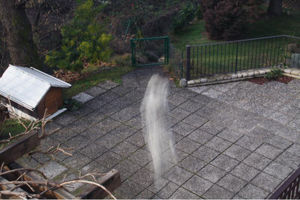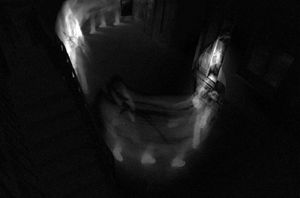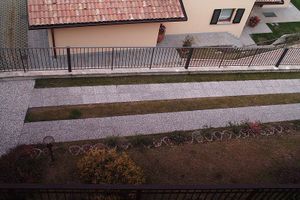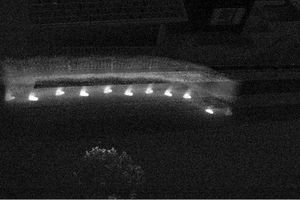Long Exposure Images for Resource-constrained video surveillance
Part 1: project profile
Project name
Long Exposure Images for Resource-constrained video surveillance
Project short description
The aim of the project is to create a simple system for detecting movements in long exposure images, looking at the differences between them. The work consists in taking some movement-detection tests using images taken in different situation and with an exposure varying between 1 and 30 seconds, seeking for satisfable results and parameters that can be used in a wide range of situations.
Dates
Start date: 2008/02/01
End date: ongoing
People involved
Project Advisor
Students currently working on the project
Students who worked on the project in the past
Andrea Riva - as a project for the courses Image Analysis and Synthesis and Advanced Topics of Image Analysis, prof. Caglioti
Marco Uberti - as a project for the courses Image Analysis and Synthesis and Advanced Topics of Image Analysis, prof. Caglioti
Part 2: project description
The Problem
In some situations (e.g. wireless sensor networks), it may be useful to perform video surveillance tasks using long exposure images. In long exposure images, moving objects appear blurred and often they are barely visible, depending on movement direction and speed and on the colour and contrast of the object.
Preliminary studies
This concept and preliminary studies have been used to elaborate the solution:
- Long exposure photograpy technique
- Simulation of a long exposure photo using the mean of video frames
- Median filtering
- Motion detection using images difference
- Modelling images as signal plus gaussian noise
- Datasets for videosurveillance
The principal problem in detecting movement in long exposure images is the blur of the subject in movement, that grows up with the exposure time. Also other facts influences the detection, such as movement direction and speed,colours and contrast of the subject, and in particular the variation of the brightness of the scene.
Adopted solution
The simplest way to detect motion is making the difference between two images of the same scene with an appropriate threshold to avoid noise disturb. For better result, however, the threshold is automatically detected by compute the variance between more poses of the same scene without any motion. There are more than one method for compute the threshold: by avaraging the variance of all the pixels or by taking a different variance for each pixel.
Results and problems
The results vary very much for different exposures, movements, colors and contrast between the background and the moving object. The principal problems encountered during motion detection are the variation of the brightness of the scene and the presence of shadows. The solution to the first problem is quite simple for some cases, but the second problem is very difficult to solve. There are also some interesting aspects like:
- the feet of a walking person are detected very well, despite the rest of the body
- in some cases shadows can help detect motion, in other case no
Documentation and useful files
Useful link
PETS, Performance Evaluation of Tracking and Surveillance [1]




